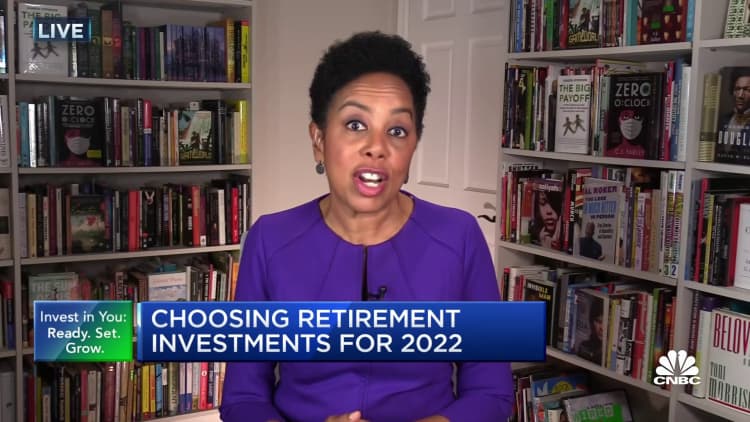The following is an excerpt from “This week, your wallet,” an audio program produced by CNBC’s Personal Finance team. Listen to the latest episode here.
Social Security is the largest federal program in the U.S. The vast majority of older Americans get Social Security benefits, which either partially or even fully fund their income in retirement.
Yet the program faces solvency issues.
“Its overall health has implications for virtually every American,” said David Blanchett, head of retirement research at PGIM, the asset management arm of Prudential Financial.
Here are four takeaways from a recent conversation about Social Security’s future with Blanchett; Doug Boneparth, a certified financial planner and founder of Bone Fide Wealth in New York; and CNBC personal finance reporter Lorie Konish.
1. Social Security is ‘America’s pension safety net’
Virtually every retiree receives some sort of guaranteed income stream — and Social Security is “by far” the most prominent of these income sources, Blanchett said.
About 97% of Americans age 60 and older either receive or will collect Social Security benefits, according to Social Security Administration data. Among elderly Social Security beneficiaries, 37% of men and 42% of women get at least half of their income from the program, according to a 2021 SSA report using data from 2015.
Social Security is “America’s pension safety net,” Blanchett said.
“It’s really difficult to understate its importance, especially when it comes to providing income during retirement,” he added.
The average benefit for retirees, as of June, was $1,837 a month.
About 67 million Americans get a Social Security check each month. Most, but not all, are retirees — disabled workers, surviving spouses and dependents are among the others who can collect.
2. Demographics are stressing the program’s finances
Social Security’s finances are under pressure.
Beneficiaries are living longer, meaning the program pays recipients over a longer period of time. And about 10,000 baby boomers are retiring every day. The share of workers paying into the system (via payroll taxes) has been falling relative to the number of beneficiaries, creating an imbalance.
As a result, without any action from lawmakers, the Old-Age and Survivors Insurance trust fund that supports Social Security benefits for retirees is estimated to run dry in 2033.

3. Social Security won’t go away, but there may be cuts
If the trust fund is depleted, it doesn’t mean benefits would go away. Workers would continue to pay Social Security payroll taxes, and those collected funds would still be payable to retirees.
However, there would be cuts — about 77% of promised benefits would be payable if the trust fund runs out, according to the SSA.
4. There will be ‘losers’
Congress will almost surely tweak Social Security to fix the solvency problem.
Potential fixes might include reducing benefits, delaying the “full retirement age,” raising taxes on benefits, increasing the financial penalties for claiming Social Security before full retirement age or a combination of these and other factors.
It’s likely to be a “last-second compromise” and “there are going to be losers,” Blanchett said.
Congress likely wouldn’t make changes that would negatively affect Americans in or near retirement, however.
“I’d be shocked if we enter a place where grandma and granddad, for example, will have their benefits cut,” Blanchett said.
“But I do believe younger Americans — if you’re maybe in your 40s — should count on a lower benefit,” he added.
In financial plans, Boneparth — who specializes in millennial and Generation Z clients — illustrates the additional savings and investments that would be needed to fund a lifestyle if Social Security benefits were cut from their current form.
“We’re all trying to get an educated guess … of what things are going to look like in the future,” Boneparth said. “No matter how educated that guess is, it’s very, very difficult to do that.”

